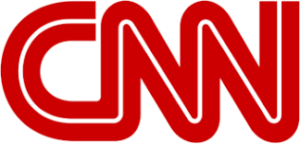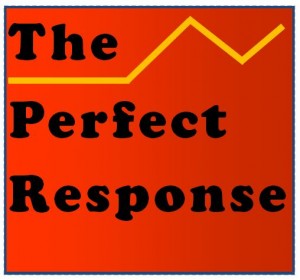There is irony in a nation that prohibits multiple political voices while employing the black arts of disinformation to sabotage the discourse of others.
After every election cycle we get reports of various Russian operatives flooding American social media with disinformation. Fabricated stories, videos and interviews flow freely into the nervous system of the culture, with little interest at X and other sites to block these toxic and doubt-inducing attempts to weaken the body politic. This has again been the pattern for quite a long time. Among the egregious hits were interviews with “Americans” claiming voter fraud in Arizona, an image ostensibly showing Haitians voting in Georgia, and a video of ballots being destroyed in Pennsylvania. China and Iran were involved as well, especially in congressional races. But Russia–which does not make things that the rest of the world wants–specializes in this kind of export. Similar attempts at interference can also be seen to Germany, the U.K. and, most recently, at the Paris Summer games.
How effective these message are is difficult to gauge. They are often fronted by figures who have lived in the United States, so they appear as just another segment of influence- peddling by other Americans.
Of course foreign writers are free to find ways to reach the American people. In any open society there needs to be space for a variety of voices. But it is obviously deceptive to pose as an American while delivering some fiction alleging a governmental or campaign misadventure. As we have seen, we do it to each other all the time, with some political operatives barely able to cling to real-world realities on the ground. As we know well, it is usually within an American’s rights to be wrong.
Presumably, the Kremlin believes it can weaken the resolve of segment of the public by passing on “news” or “information” that Americans would find dispiriting to read. In more human terms, this meddling seems like a spectator throwing sand on the ice in front of a world-class skater. And there is the irony of a country that will not allow multiple political voices within its borders to employ the black arts of informational sabotage to foul the discourse of others.
We can always invoke the famous quote attributed to Mark Twain that “a lie can travel halfway around the world before the truth puts on its shoes.” Whoever said it, it is a great thought, and a reminder that so many of us are disabled by the tendency to accept misinformation before doing even a little truth-testing. Russia is an easy villain. But who can blame our foes when so many Americans contribute their own political lies, and so many are ready to consider them.



 In 2016 CNN especially treated even minor Trump primary successes as deserving lavish coverage. Jeff Zuckerman’s network at times simply turned over their air to garish displays of stunning excess: jaw-dropping expressions of self-regard combined with pitches for Trump Steaks and Wine. I remember commenting to my wife after one of these lavish shows that I hoped there where a few fist fights in the New York control room. At least some producers should have been furious with their network’s apparent inability to cut away to cover anything else.
In 2016 CNN especially treated even minor Trump primary successes as deserving lavish coverage. Jeff Zuckerman’s network at times simply turned over their air to garish displays of stunning excess: jaw-dropping expressions of self-regard combined with pitches for Trump Steaks and Wine. I remember commenting to my wife after one of these lavish shows that I hoped there where a few fist fights in the New York control room. At least some producers should have been furious with their network’s apparent inability to cut away to cover anything else.